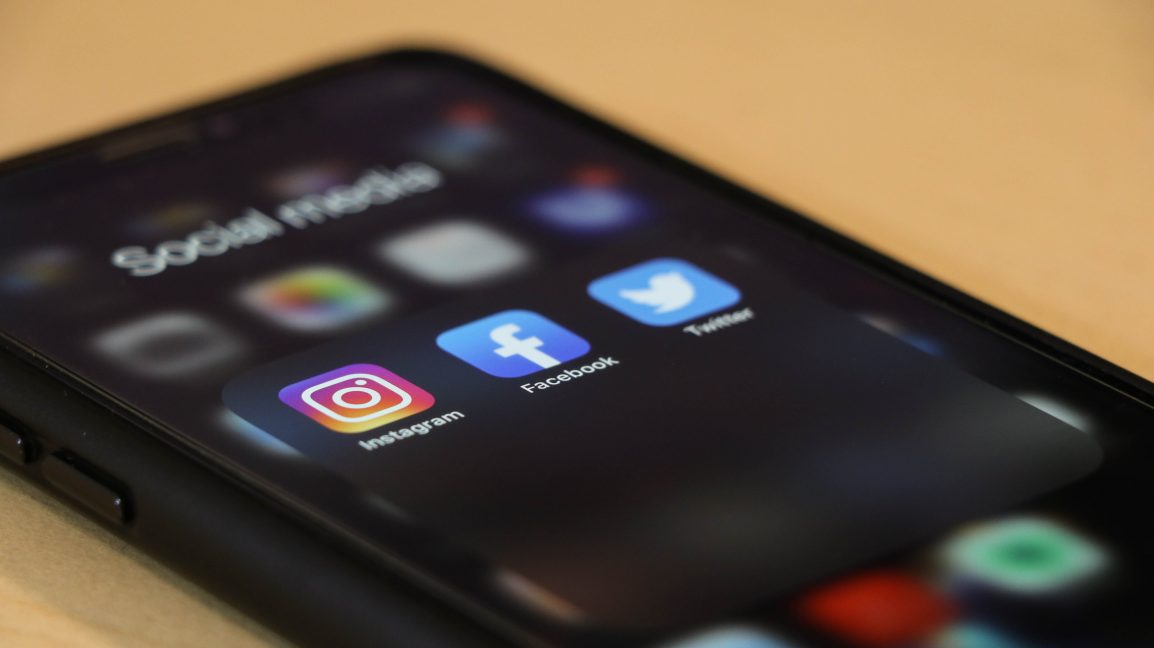Social media is a huge part of everyday life. From allowing us to connect with friends and family to viral memes that dominate pop culture, to provide quick access to the news; social media is an easy way to keep us connected and informed. For most, it’s easy to navigate, we can log in at any time from anywhere to enjoy content throughout the day. However, if you have a disability, your experience with social media might be different.
Social media began as a way for people to connect no matter the circumstance. However, a large portion of people is being excluded. There are various disabilities that make it hard to operate a phone and/or enjoy the content on social media. The World Health Organization estimated that there are 1.3 billion people who experience vision impairment, with close to 253 million experiencing severe vision impairment or total blindness that most-likely use text-to-speech programs or screen readers to navigate digital spaces. As well as 466 million people in the world who are deaf or hard of hearing. These spaces are not always easy for the disabled community to access. So, here are eight things you can do on your online profiles to make the internet more friendly and accessible!
Limit Emoji Use
When someone reads your post using a screen reader, they don’t hear the emoji. They hear the description of the character. That laughing emoji may look cute, but it slows down the experience for people with visual impairments.
To keep your emoji usage accessible make sure to use them in moderation and always put them at the end of your posts. This way you don’t affect the readability of your content. The most important information should always go first. Using emojis to break up text or in the middle of paragraphs can make your posts sound unintelligible. Avoid using them in your social media profile as well.
Camel Case your Hashtags
Hashtags are all over social media, and making them accessible is even easier than limiting your emojis! Type all your hashtags in Camel Case (making each word in the phrase capitalized).
Text-to-speech programs read hashtags just like they do any other word, using spaces and capital letters to discern the separate terms. If you were to post a picture with #averycoolphoto, the program would blend those two words together making your caption sound like gibberish. By capitalizing each word, #AVeryCoolPhoto becomes four words instead of one for the program reading it. Even for those who don’t use screen readers, hashtags in Camel Case are a lot easier to read.
Use Alt. Text
Alt. Text, or Alternate Text, is a photo description that you can add to your posts so screen readers can describe the image to their users. Facebook Twitter, Instagram, and LinkedIn all offer ways to add Alt. Text —usually in the advanced settings or options tab, there will be a place where you can type a short description of your picture. Remember to keep the description short and concise. Click here to learn how to add Alt. Text on various social media platforms.
Add photo descriptions to your captions!
If alternative text sounds a little too complicated for you, you can also add photo descriptions to your captions. A few lines below your caption just say, “Photo Description:” then add the description of your picture.
Type captions in your videos (open or close captioning)
This is another one of those accessibility tips that can also be beneficial for non-disabled people. Adding captions to your videos allows people to watch your videos in silent mode without bothering those around them. However, adding open or closed captioning is essential for deaf or hard-of-hearing people because they cannot enjoy the video otherwise. If your videos have dialogue, they should have captions.
In TikTok or Instagram Stories, you can use the add text feature to create a script of what you’re saying, or you can use apps like Clipomatic to create live captions. You can even use Youtube to add captions to any video. By taking this extra step your content can be accessed by everyone.
Don’t use fancy fonts or typography
Recently it’s been trendy to use custom or special fonts in social media posts to make the content more aesthetic. For example, script, block, bolded, or italic fonts have been especially popular. This makes your caption unreadable by a text-to-speech program.
Despite unique fonts being compatible with the social media platforms, it’s not compatible with screen readers. The program will immediately skip over the characters without attempting to read them. By sticking to the default fonts on the app, you’re ensuring that screen readers and text-to-speech programs can read your content.
Use link shorteners
URL’s and links tend to be super long and full of illegible characters. So by using a link shortener, you’re not only saving characters on your posts but cutting down the amount of time a screen reader has to read your post.
Don’t embed text in your photos
A screen reader reading your post is very different from a human reading your post. It can read captions, but not any text contained in an image. So if you’re posting a flyer for your club’s bake sale with tons of information make sure you include that information in the caption as well.
Social media is not very disability-friendly, but most of these are easy changes to make and take little to no effort. Putting in more time and empathy to our social media content can make the internet a more accessible place for everyone.

